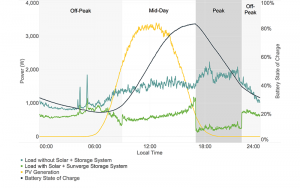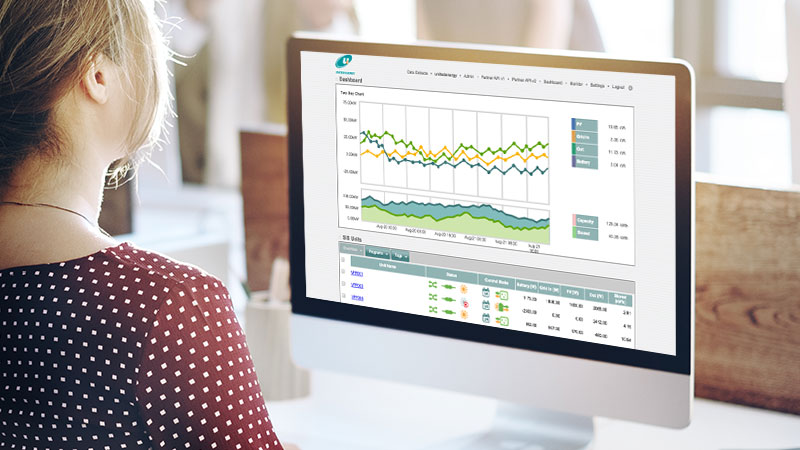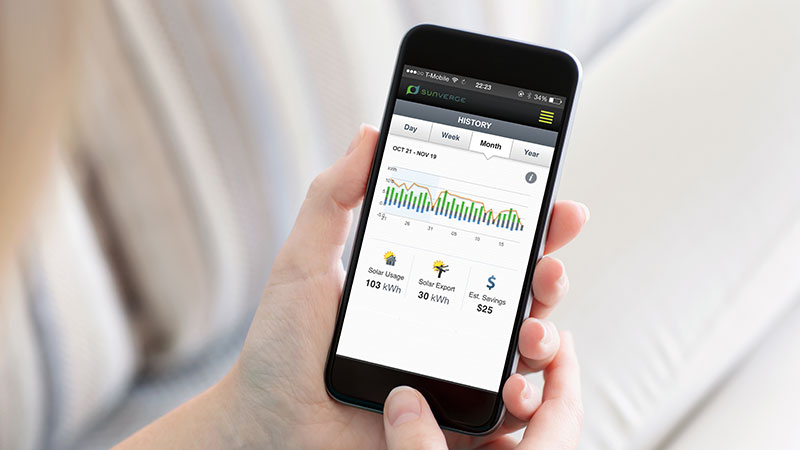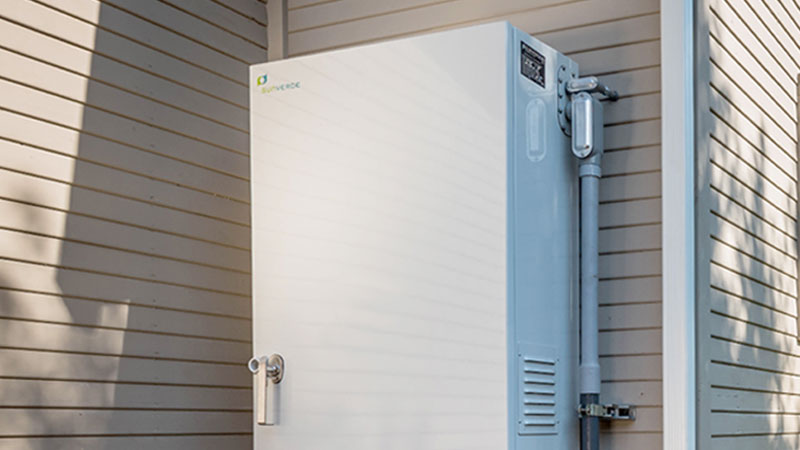As Distributed Energy Resources (DERs) proliferate, utilities face increased demands to reduce the stress those installations can place on the grid. At the same time, consumer adoption is driven largely by the promise of realizing bill savings by generating their own power or storing low-cost energy for use at peak times.
These two forces might seem to be in opposition, but in reality DERs ca n deliver significant economic benefits on both sides of the meter — if DERs are properly managed. Doing so requires a dynamic approach that adjusts for the complex interaction of many factors of demand, storage capacity and energy price.
n deliver significant economic benefits on both sides of the meter — if DERs are properly managed. Doing so requires a dynamic approach that adjusts for the complex interaction of many factors of demand, storage capacity and energy price.
To address this need, Sunverge is adding sophisticated predictive analytics to its cloud-based DER management platform, making it the first company in the industry to offer this kind of control to utilities. This is an open, extensible platform that acts as the connecting hub from the edge of the grid to the generation side, and is compatible with most upstream standards and legacy transmission control systems.
The algorithms predict load and solar generation through the course of the day, accounting for everything from the likely amount of sunlight to the load conditions of the grid. They have been painstakingly designed to provide maximum value with minimum intervention by either the utility or the consumer, and continuously improve their predictive abilities as new data is generated by the consumer’s installation.
Using a simple interface, utilities can preset several parameters concerning when and how the consumer’s storage is charged or drawn down. These include specifying peak rate and shoulder periods per the customer’s tariff, during which stored energy use is preferred; setting time periods during which the consumer’s storage unit is allowed to charge itself using grid power, typically when low-cost power is most abundant; and identifying critical peak days that prioritize the use of stored power to offset peak load.
The algorithms use those settings, along with historic data for that specific home or business, to determine the exact behavior of the storage assets at that location. The algorithms will ensure that the battery has enough charge to satisfy peak period demand, while avoiding overcharging the battery, which would force the customer to curtail generation or export power to the grid. Additionally, the algorithm also avoids depleting the battery entirely, which would result in increased demand as the customer is forced to import all their energy usage from grid.
Should actual conditions vary from the predicted case, the software will apply intelligent corrections to maintain the most efficient operation possible within the set parameters. Consumers thus obtain the maximum value from their own generation (or, in storage-only installations, from charging as much as possible with the lowest-cost power).
This is an entirely automated process for consumers, one that meets the demand for bill savings without the need for them to actively manage their storage. Moreover, these algorithms are constantly learning and readjusting themselves as they obtain more data from consumers, creating a highly individualized set of decisions that would be impossible to make otherwise. The algorithms can begin predicting with a single day of usage data, and the accuracy augmented by the inclusion of solar forecasting and weather data.
For utilities, more precise and intelligent management of the charging and use of stored power behind the meter offers numerous benefits. First, it reduces the overall load created by DERs, which can delay or eliminate the need to upgrade feeders and substations in areas where DERs are widely deployed. In conjunction with the Sunverge platform’s ability to aggregate DERs into Virtual Power Plants (VPP), predictive analytics also represent a powerful energy arbitrage tool: Storage can be charged from the grid at lowest-cost times, while any power exported to other consumers through a VPP occurs primarily at times of high demand.
Using this powerful extension of the Sunverge platform can automate the entire intelligent decision process to drive value to both sides of the meter – including building a stronger relationship between utility and consumer.







